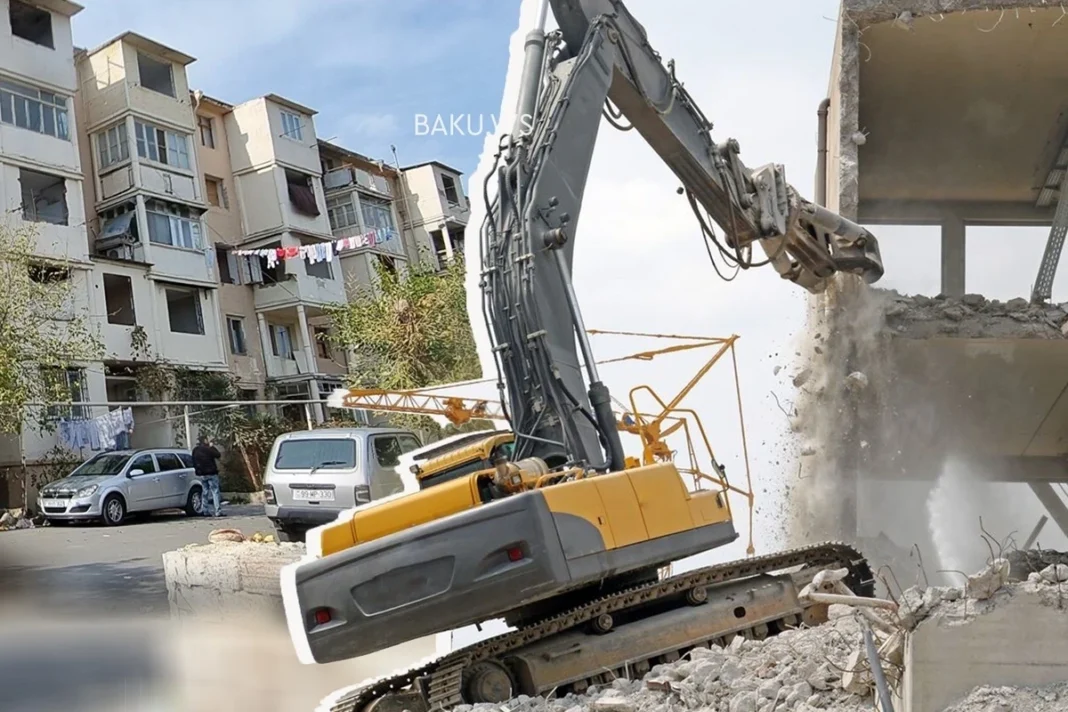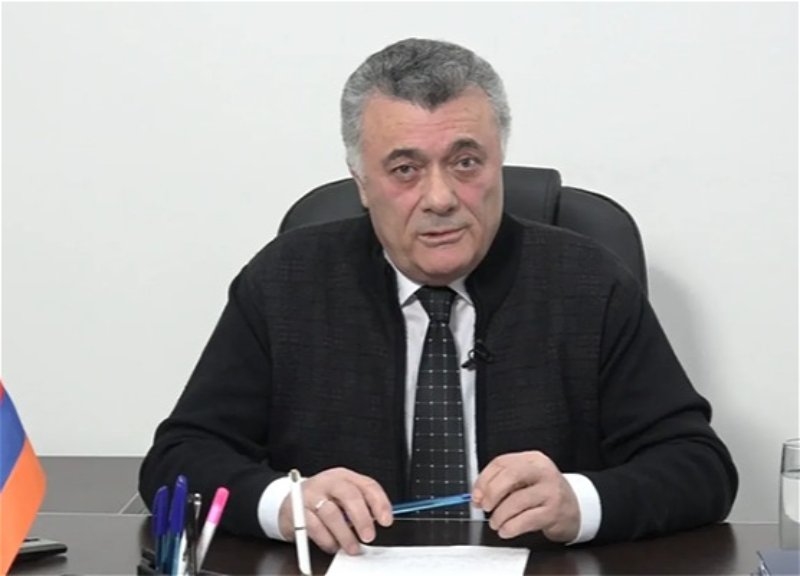BAKU, July 18, 2025 — Azerbaijan and Kazakhstan are working to deepen cooperation in capital market analytics, with a particular focus on the exchange of stock market data, yield indicators, and pricing information, according to Baku Stock Exchange (BSE) officials.
Speaking to Report, Ogtay Gasymov, Deputy Chairman of the BSE Board, confirmed that the two countries are actively exploring ways to enhance joint analysis of market indicators, including opening and closing prices, yield curves, and trading trends.
“There are already some technical frameworks in place for this partnership,” Gasymov said. “However, we are not yet in a position to use them to their full capacity.”
According to him, compatibility and data standardization remain key hurdles, which must be addressed before real-time or large-scale information sharing can occur. Discussions are ongoing to determine which types of data are mutually viable and secure for exchange in the initial stages.
“Not all market data can be immediately shared across borders. We need to ensure the data is compatible, meaningful, and legally transferable,” Gasymov explained.
The collaboration is part of a broader effort by both countries to strengthen regional financial integration and promote transparency in capital markets. While still in the early phases, officials from both sides suggest the potential is substantial — from investor education to the development of cross-listed financial products.
However, some market observers point out that unless backed by regulatory clarity and digital infrastructure investment, such initiatives may struggle to deliver long-term impact.
“Cross-border data sharing only works if both exchanges operate on harmonized standards. Otherwise, it’s just symbolic,” said one analyst familiar with regional markets.
Still, both Azerbaijan and Kazakhstan see the stock market collaboration as a stepping stone toward deeper economic ties, particularly as they look to position themselves as financial hubs between Europe and Asia.
Negotiations on the technical details are expected to continue through the second half of 2025.










